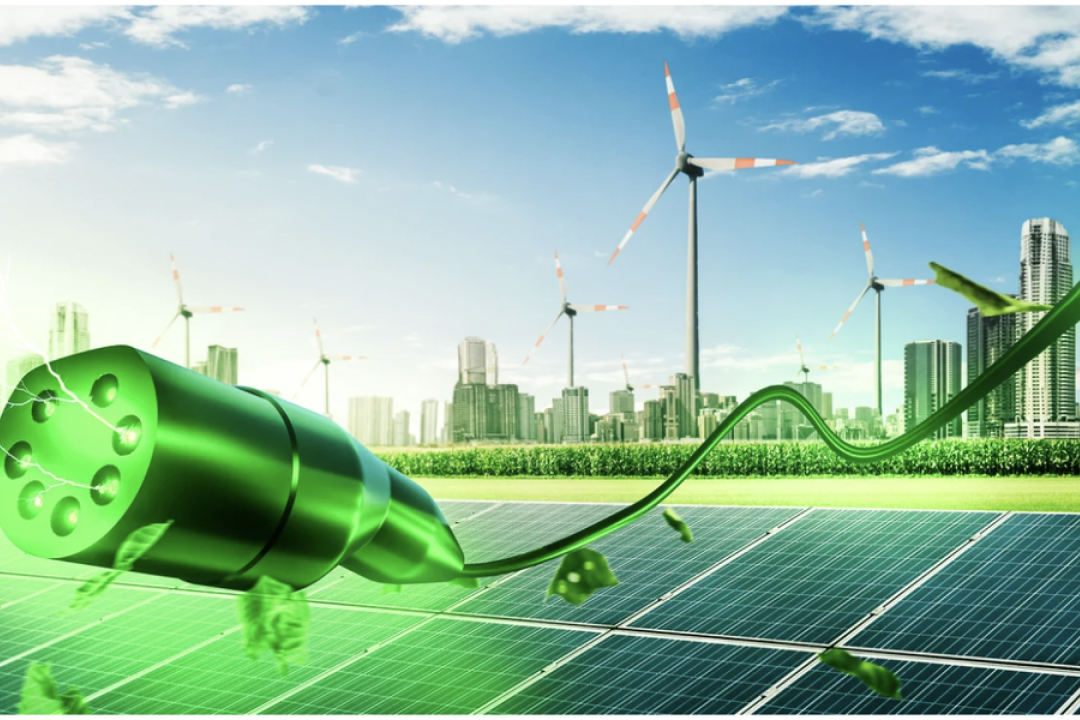
Global investment in the energy transition reached a record $1.8 trillion in 2023, up 17% from the previous year, according to BloombergNEF. S&P Global reported $500 billion in private capital investment in the energy transition last year. Despite this growth, there has been a subtle shift in infrastructure investors’ attitudes towards this trend, marked by a sense of urgency and caution. Achieving the Paris Agreement’s target of limiting global warming to 1.5°C is cautiously feasible and in a narrow path, which provokes a tighter focus on scale and tech selection.

Investors frequently cite ‘scale’ as a significant challenge in the energy transition. The International Renewable Energy Agency emphasizes the need for a dramatic acceleration in renewable energy deployment, aiming to increase global renewable capacity from 3,000 GW today to over 10,000 GW by 2030. This requires adding 1,000GW of renewable capacity annually, a steep climb from the 507GW added globally last year, according to the International Energy Agency.
Investment in grid and grid-adjacent technologies, such as battery storage, must keep pace to avoid wasting new renewable capacity. S&P Global estimates infrastructure funding requirements at $5 trillion to $7 trillion per year until 2050, far outstripping the $1.8 trillion invested last year. Governments alone cannot meet this need, and the private sector’s $500 billion contribution must increase significantly.

Current investment in the energy transition is unevenly distributed. Despite hosting only a third of the global population, the U.S., Europe, and China receive 80% of all energy transition investments. In contrast, Africa attracts just 2% of renewable investment. To achieve a balanced global energy transition, significantly more capital must flow into emerging markets.
Achieving net zero presents a multi-trillion dollar investment opportunity, but maintaining this trajectory necessitates a significant shift away from fossil-fuel investments. According to research, for every dollar allocated to fossil energy supply, nearly five dollars must be directed towards low-carbon energy solutions through 2050.
Investors are increasingly discerning about which technologies to back. Green hydrogen, for example, faces skepticism due to infrastructure challenges and economic viability concerns. Despite this, Europe invested nearly $200 billion in hydrogen-related infrastructure in 2023. Nuclear power, tiny modular reactors (SMRs), is gaining traction, with nearly $85 billion in projected capital investment.
Renewable energy technologies heavily rely on raw materials like lithium, cobalt, copper, nickel, manganese, and rare earth elements. As renewable energy adoption grows, so does the demand for these critical raw materials.
Although renewable energy resources are abundant globally, these essential raw materials are concentrated in a few strategic regions. For instance, cobalt and lithium, crucial for the energy transition, are essential for electronics, electric vehicle batteries, and electrolyzers. However, their reserves and processing facilities are highly concentrated, and global demand is steadily increasing.
Australia, Chile, and China are the world’s largest lithium producers, together accounting for approximately 90% of global production. China not only plays a pivotal role in lithium production but also dominates the refining capacity for batteries, holding a 60% share.

Disruptions in their supply can significantly impact the transition to a cleaner energy system, highlighting the importance of securing these resources.
The concentration of production in a few regions creates significant vulnerabilities. Disruptions in the supply chain from these critical regions can lead to economic instability, price fluctuations, and interruptions in electric vehicle production and battery development. These disruptions can slow the transition to cleaner energy sources and hinder the fight against climate change.
Investing in research and development for secure energy supply, diversifying supply chains and reducing trade barriers for international cooperation, strengthening domestic capabilities and prioritizing sustainable mining practices in countries with proven reserves, and removing trade barriers to climate technology to expedite decarbonization are some of the measures countries can take to cope with these commodities supply challenges.
A successful energy transition requires reducing reliance on fossil fuels. While private equity interest in oil and gas resurges in the U.S., many large institutional investors still restrict capital allocation to traditional oil and gas strategies. In 2023, global fossil fuel investments totaled $1.1 trillion, up 9% from 2022. The Institute for Energy Economics and Financial Analysis warns of increased risks and lower returns for investors in coal and gas assets.
The required pace of change is daunting. A 2022 University of Oxford study suggests that a rapid energy transition could save the world up to $12 trillion. Faster investment in decarbonizing the global economy is more cost-effective.
The path to a sustainable energy future involves significant challenges in scaling renewable energy, ensuring balanced investment distribution, and selecting the right technologies. Disparities between the global north and south must also be addressed to ensure a sustainable energy future for all. The urgency to transition away from fossil fuels is clear, but achieving this requires coordinated efforts from both the public and private sectors, substantial financial investment, and a focus on emerging technologies.

I’ve spent the past 18+ years helping ports, supply chains, and global businesses turn sustainability goals into real, measurable results.
From leading billion-dollar infrastructure projects to building my own consulting firm, I’ve seen how the right strategy can turn pressure into opportunity.
My mission today is simple: help leaders like you build sustainable, future-ready businesses that don’t just check boxes—but actually make an impact. One decision, one project, one team at a time.
Let’s build what’s next—together.
Have a project or idea in mind?
I’d love to hear what you’re working on.
Book a quick call here